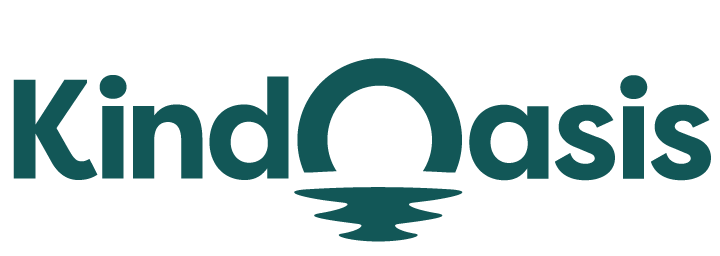What technology is used in chatbot development?
Try AI ChatbotDiscover the key technologies behind chatbot development, including NLP, ML, and API integration, in this guide.

Chatbots have become an integral part of customer service and user engagement in today’s digital landscape. They streamline interactions, provide instant support, and enhance user experience on various platforms. But what exactly goes into developing these intelligent conversational agents? In this article, we will delve into the technologies used in chatbot development, offering comprehensive insights into how these virtual assistants work and what makes them so effective.
For those looking to dive deeper into chatbot technology, IBM provides an overview of chatbot fundamentals, detailing the core components that enable chatbots to understand and respond to human language.
Natural Language Processing (NLP)
At the heart of chatbot development is Natural Language Processing (NLP). NLP allows chatbots to interpret and respond to human language in a way that is both meaningful and contextually appropriate. This technology involves several key components:
- Tokenization: Breaking down sentences into individual words or tokens.
- Entity Recognition: Identifying and categorizing important pieces of information (such as names, dates, and locations).
- Intent Recognition: Determining what the user wants to achieve with their input.
NLP enables chatbots to simulate human-like conversations, making them more effective in customer interactions. For a more technical understanding of how NLP works in chatbots, MindTitan’s guide offers an in-depth exploration.
Machine Learning (ML)
Machine Learning (ML) is another crucial technology in chatbot development. ML algorithms allow chatbots to learn from past interactions and improve over time without needing explicit programming. This continuous learning process helps chatbots refine their responses, making them more accurate and relevant.
By analyzing user inputs and feedback, ML models can adapt to new questions, recognize patterns, and offer better solutions. For instance, Chatbot Business Framework discusses how different machine learning models are employed in chatbot frameworks to enhance their functionality.
Rule-Based Systems vs. AI Chatbots
There are two primary types of chatbots: Rule-Based Systems and AI Chatbots. Rule-based chatbots follow a set of predefined rules and are typically used for simple, linear conversations. They are easy to build but lack the flexibility to handle more complex queries.
On the other hand, AI chatbots use NLP and ML to understand and generate responses dynamically, making them more versatile and capable of engaging in more sophisticated conversations. These AI-driven chatbots are ideal for businesses looking to offer personalized and responsive customer support. For a comparison between these chatbot types, this Medium article provides valuable insights.
Integration with External Systems
For chatbots to function effectively in a real-world setting, they often need to integrate with external systems such as Customer Relationship Management (CRM) software, e-commerce platforms, and databases. This integration allows chatbots to access and provide relevant information, such as order status or product details, in real-time.
For example, Quora’s discussion on chatbot technology highlights the importance of integrating chatbots with APIs and webhooks to enable seamless interactions with other software systems.
The Role of APIs in Chatbot Development
Application Programming Interfaces (APIs) are essential tools that facilitate communication between the chatbot and external services. APIs enable chatbots to retrieve information from databases, send messages to users, and even process payments. By leveraging APIs, developers can enhance the capabilities of their chatbots, making them more functional and versatile.
For an in-depth look at how APIs are used in chatbot development, Chatbot Business Framework provides a detailed explanation.
VanChat’s Application of Chatbot Technologies
As we explore the technologies behind chatbot development, it’s worth noting how these advancements are applied in real-world solutions like VanChat. VanChat is an AI-powered pre-sales chatbot for Shopify designed to enhance the shopping experience and boost sales. By utilizing NLP and ML, VanChat can accurately answer 97% of customer questions without human intervention, handling tasks like product comparisons, order tracking, and returns with ease.
VanChat goes beyond basic customer service by offering personalized product recommendations. It analyzes user behavior, purchase history, and chat logs to tailor its interactions, providing suggestions that are more likely to resonate with individual customers. This level of personalization not only speeds up purchase decisions but also enhances overall customer satisfaction. For more on how VanChat leverages these technologies, visit VanChat’s official website.
Conclusion
The development of chatbots involves a combination of advanced technologies like Natural Language Processing, Machine Learning, and API integration. These tools enable chatbots to provide meaningful, real-time interactions that enhance user experience and streamline operations. Understanding these technologies is key to appreciating the capabilities and potential of modern chatbots.
By incorporating these technologies into solutions like VanChat, businesses can not only improve customer service but also drive sales and customer satisfaction. For anyone looking to develop or implement a chatbot, a deep understanding of these core technologies will be essential.





